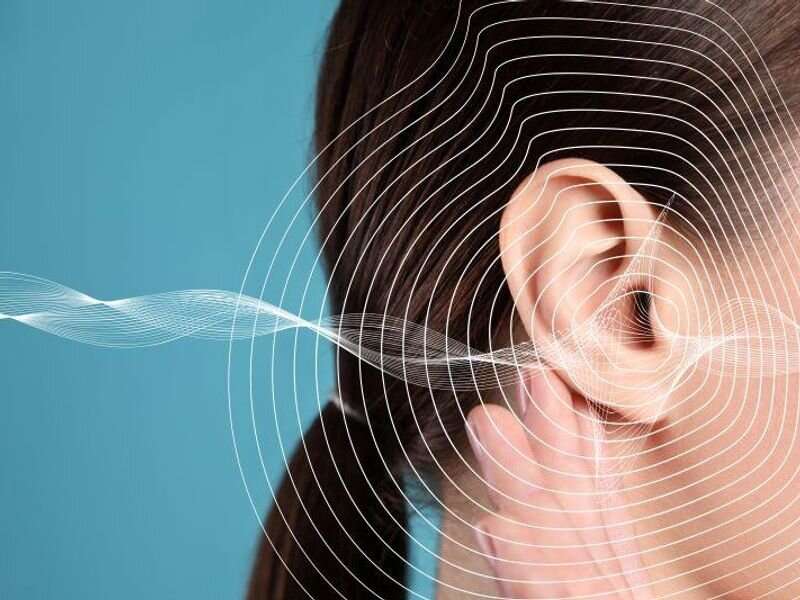Use of diagnostic criteria for vestibular migraine (VM) combined with the area-under-the-curve ratio of the summating potentials and action potentials curves on electrocochleography (ECoG) is better for predicting symptom improvement than diagnostic criteria alone, according to a study published online Dec. 26 in Audiology Research.
Paul Tabet, M.D., from the University of Montreal Hospital Center, and colleagues examined whether the area-under-the-curve ratio of the summating potentials and action potentials curves on ECoG can differentiate VM from Meniere disease (MD) in a retrospective review of 119 patients meeting VM or MD criteria between September 2015 and December 2018. Before initiation of antimigraine medication, all patients underwent ECoG.
The researchers identified a 36 percent overlap between patients filling VM and MD criteria. There was no significant prediction of symptom response to antimigraine therapy with clinical criteria alone (VM, 83 percent; MD, 51 percent). However, adequate prediction resulted from ECoG results alone (VM, 94 percent; MD, 32 percent).
Compared with clinical criteria alone, a negative ECoG result combined with clinical criteria of VM (100 percent symptom improvement) was more predictive of treatment response (83 percent improvement). ECoG was able to predict symptom improvement when used in patients meeting both VM and MD criteria, better differentiating both diseases (normal ECoG, 95 percent; abnormal ECoG, 29 percent).
"Clinical criteria alone are insufficient in predicting symptom improvement," the authors write. "This reinforces the argument that the clinical criteria should not be used alone to guide the management of these patients."
More information: Paul Tabet et al, Vestibular Migraine versus Méniere's Disease: Diagnostic Utility of Electrocochleography, Audiology Research (2022). DOI: 10.3390/audiolres13010002
Copyright © 2023 HealthDay. All rights reserved.























